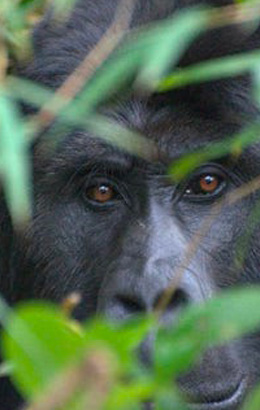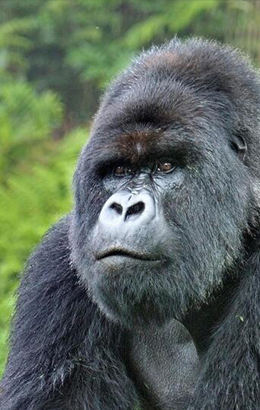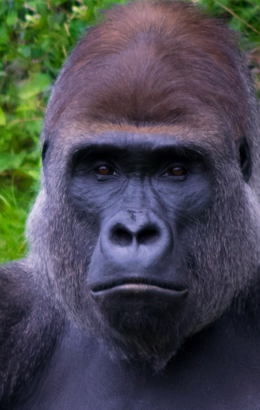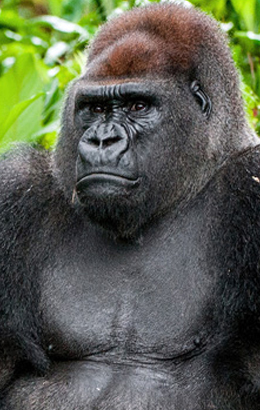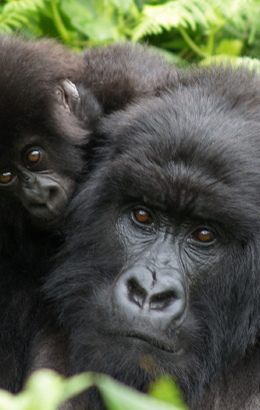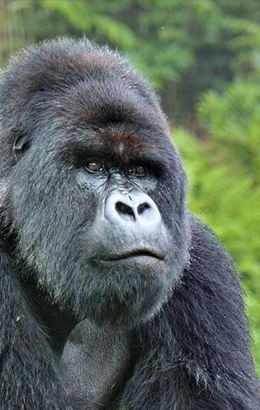Eastern lowland gorillas ‘on the brink’
Illegal hunting in the forests of DR Congo is pushing the eastern lowland gorilla ever-closer to extinction. So bad have the past few years been for the world’s largest primate that the sub-species is now classed as “critically endangered”.
Up until recently, numbers of eastern lowland gorillas – otherwise known as the Grauer’s gorilla – had been around the 17,000 mark, meaning that the IUCN (the International Union for the Conservation of Nature) classed them as merely “endangered”.However, the latest Red List of endangered species from the global body has stressed that their numbers have been plummeting over recent years, with the total world population of eastern lowland gorillas now believed to be around 3,800. Worryingly, since there are only western lowland gorillas found in the world’s zoos, unless this trend is addressed, the species could soon be classified as extinct.
According to conservationists, human activity, and in particular illegal hunting, has been the driving force behind the decline in Grauer gorilla numbers. While the forests in which the gorillas live are, for the most part, protected areas, rangers have simply been unable to cope with the number of poachers active in this part of Africa.
Commenting on the news, Jillian Miller, Executive Director of the Gorilla Organization, says that, while the plight of the mountain gorilla may be more famous, their cousins are in just as much, if not more, danger.
“For as long as I remember, we have been massively worried about the situation of eastern lowland gorillas. Our own experience protecting a small group of these apes through our Mount Tshiaberimu project shows just how great the dangers from poaching and habitat loss really are.
“As conservationists, we really do have much work to do to ensure that these magnificent creatures don’t fall one further stage down the Red List and go from being critically endangered to extinct. A world without gorillas doesn’t bear thinking about, so we must double our efforts on two fronts: firstly to ensure the gorillas get the immediate protection they need in the shape of well-equipped ranger patrols; and also to support the local communities and give them the means to support themselves without needing to go into the gorilla habitat to hunt.”
Also on the latest IUCN Red List, mountain gorillas, whose numbers still total fewer than 1,000, continue to be classified as “critically endangered”, while western lowland gorillas, the most populous of the sub-species, are classified as “endangered”.
